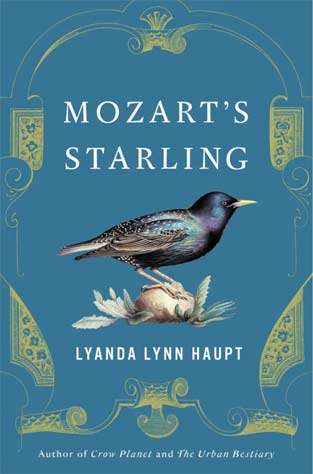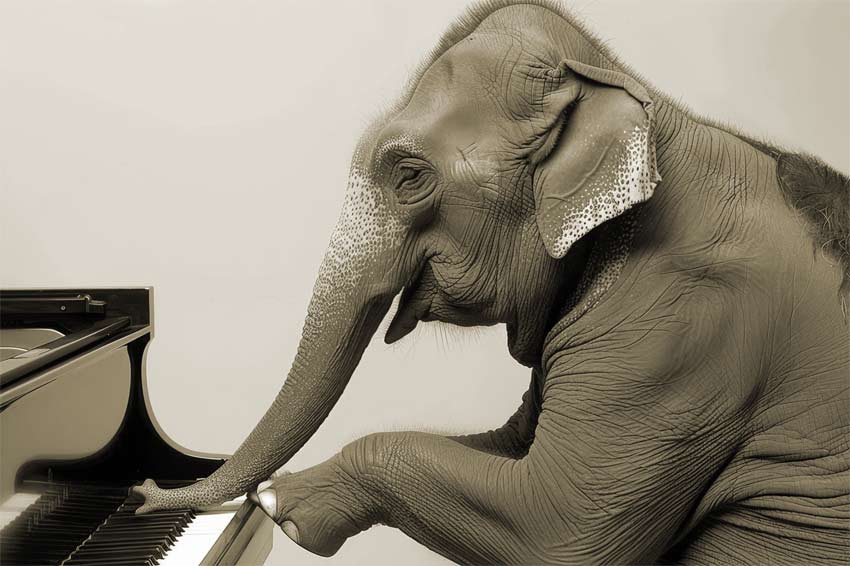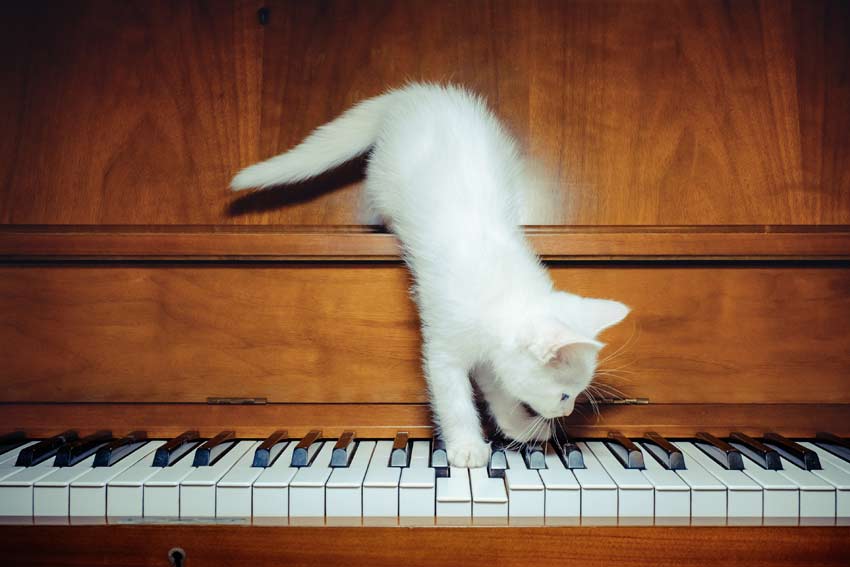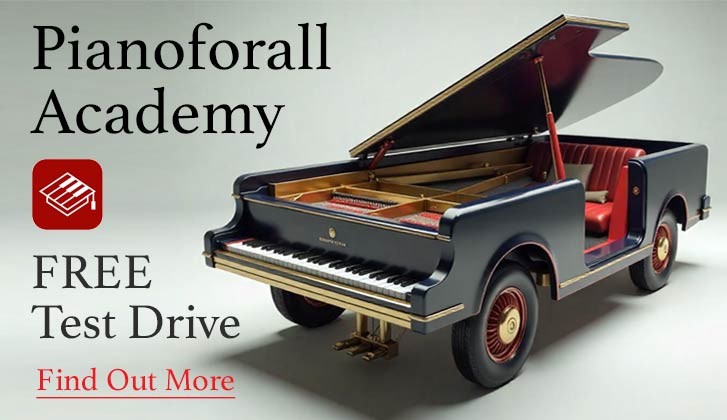It is said that music is the universal language.
But what happens when the players are not human at all?
From cats padding across keys to elephants plinking out melodies, animals and pianos have crossed paths in delightfully surprising ways.
Sometimes comic, sometimes touching, these encounters remind us that music belongs not only to human hands but to the wider world of paws, trunks and claws.
[ez-toc]Cats at the Keyboard
No animal has been more famously linked to the piano than the cat.
Any piano owner, whose household numbers one or more moggies, knows the sound: a sudden scatter of notes in the middle of the night as feline paws chase spectral mice across the keys.
In the early days of YouTube, Nora the Cat became an international star when videos of her calmly pressing keys with her paws went viral.
Sitting upright on the piano stool, she appeared to “practice” with the seriousness of a child at lessons.
Her owners, both piano teachers, even staged a concerto written for her by Lithuanian composer Mindaugas Piečaitis, complete with orchestral accompaniment.
The CATcerto, as it was called, was performed live in 2009 — surely one of the quirkiest premieres in music history.
Of course, cats and pianos go back much further.
Erik Satie, the eccentric French composer, once joked that his piano should be tuned to “cat mode.”
And many a pianist has confessed to being upstaged by their household feline mid‑practice.
Mozart’s Starling
 Cats may play, but birds can sing. And none more famously than Mozart’s pet starling.
Cats may play, but birds can sing. And none more famously than Mozart’s pet starling.
In 1784, Mozart bought the bird from a Vienna pet shop after hearing it whistle a tune almost identical to a passage from his Piano Concerto No. 17.
The starling became a constant companion, often perched near the keyboard as Mozart played.
He even claimed the bird could improvise variations on his themes.
When the starling died three years later, Mozart held a solemn funeral, complete with mournful poetry.
Some musicologists suggest that the starling’s playful imitations even influenced Mozart’s compositions, through him adding little flourishes of birdsong to his piano writing.
If so, the bird must rank among the strangest “piano collaborators” in history.
Elephants at the Ivories

If Mozart’s starling was delicate, elephants at the piano are anything but.
In Thailand, elephants rescued from logging camps have been taught to play specially built keyboards.
With their trunks, they strike oversized keys that produce low, sonorous tones.
One elephant named Peter became so adept that he could improvise rhythmic patterns, often accompanied by Thai musicians.
Listeners described the sound as oddly moving — clumsy perhaps, but filled with unexpected musicality.
As one trainer said: “They don’t just hit notes at random. They find patterns, they find joy.”
Dogs Who Play (or at Least Accompany)
 Dogs, too, have found their way to the piano.
Dogs, too, have found their way to the piano.
Viral videos abound of golden retrievers pressing keys while howling along in something resembling harmony.
One bulldog became famous for pounding the lower octaves with its paws, tail wagging in time to its own “composition.”
Though these performances are more comic than musical, they point to something deeper: dogs respond to piano sound with curiosity, sometimes with outright joy.
As pianist Arthur Rubinstein once quipped: “My dog is my best critic. When he leaves the room, I know I have failed.”
Monkeys and Mischief
Monkeys, with their dexterous fingers, have also been occasional pianists — if sometimes unwilling ones.
At London Zoo in the 1920s, keepers placed a small upright piano in the monkey house as an experiment. The result was chaos: the animals delighted in hammering the keys, producing atonal clusters that some wry critics compared to modernist composers of the day.
The experiment was short‑lived — the piano was quickly dismantled. But the idea stuck: music critics still joke about “monkeying around on the piano.”
Whales and the Whale Piano
Perhaps the most poetic image comes not from land but sea.
Artists have built underwater pianos designed to “play” alongside whales, translating their calls into resonant tones.
In one installation off the coast of Australia, divers pressed keys that sent vibrations into the water.
To their amazement, humpback whales responded, circling the instrument and echoing the notes with their haunting songs.
It was less a duet than a dialogue across species. The piano became a bridge, a reminder that music is not only heard but felt — across oceans, across species, across worlds.
The Pianist’s Menagerie – A Few Animal Highlights
- Most famous feline pianist: Nora the Cat, whose 2009 CATcerto made her the first cat to “solo” with an orchestra.
- Mozart’s melodic muse: A pet starling who could whistle back piano concerto themes.
- Largest pianist on record: A Thai elephant named Peter, who performed on a custom keyboard with his trunk.
- Most enthusiastic howler: A bulldog whose growling “duets” with the lower keys delighted millions online.
- Rowdiest recitalists: The monkeys of London Zoo, whose 1920s piano experiment ended in joyous musical chaos.
- Deepest duet: Humpback whales responding in song to piano tones underwater — perhaps the most haunting audience of all.
A Final Reflection
At first glance, animals at the piano are curiosities — funny, viral, charming distractions.
But they also highlight something profound: the piano is not just a machine for notes, but a resonator of curiosity and play.
When a cat paws a key, a bird whistles a motif, or an elephant swings its trunk to strike a chord, we glimpse music in its most primal form: the joy of sound.
It reminds us that music is not locked in the concert hall — it spills into living rooms, zoos, forests, and oceans.
Perhaps that is why these stories capture our imagination. They remind us that music is universal — not just the “language of mankind,” as Longfellow wrote, but something wider, older, more instinctive.
So the next time you sit at your piano, and perhaps your cat hops up beside you or your dog howls in the distance, don’t be annoyed. Smile instead. Somehow, in their own way, they are joining in. They are saying what the elephants and whales and Mozart’s starling all knew: that music is not owned, only shared.
And what better proof could there be that the piano — even under spell of animals — remains one of humanity’s most magical inventions?
Check out this heartwarming video of Paul Barton playing Bach’s Prelude in C major for a blind elephant! (and remember that the Prelude in C major features in one of Pianoforall Academy’s ‘Classics By Ear’ series of courses)



